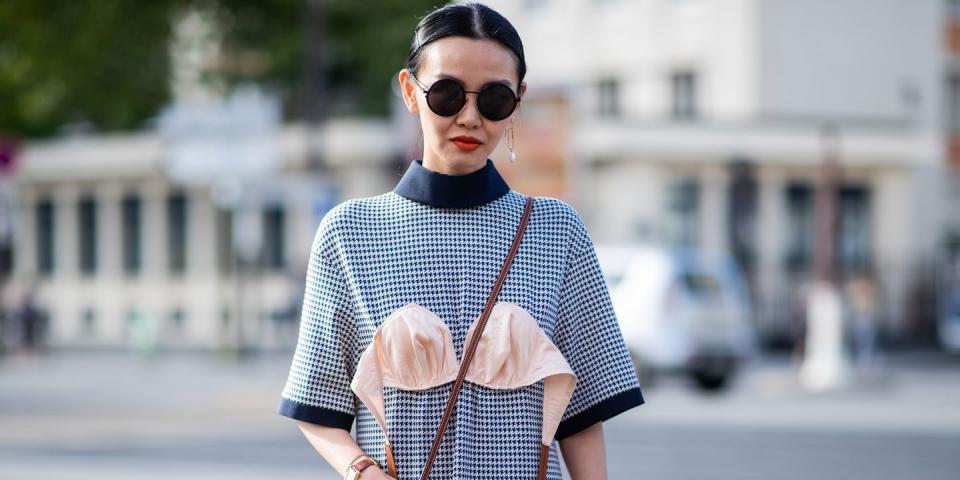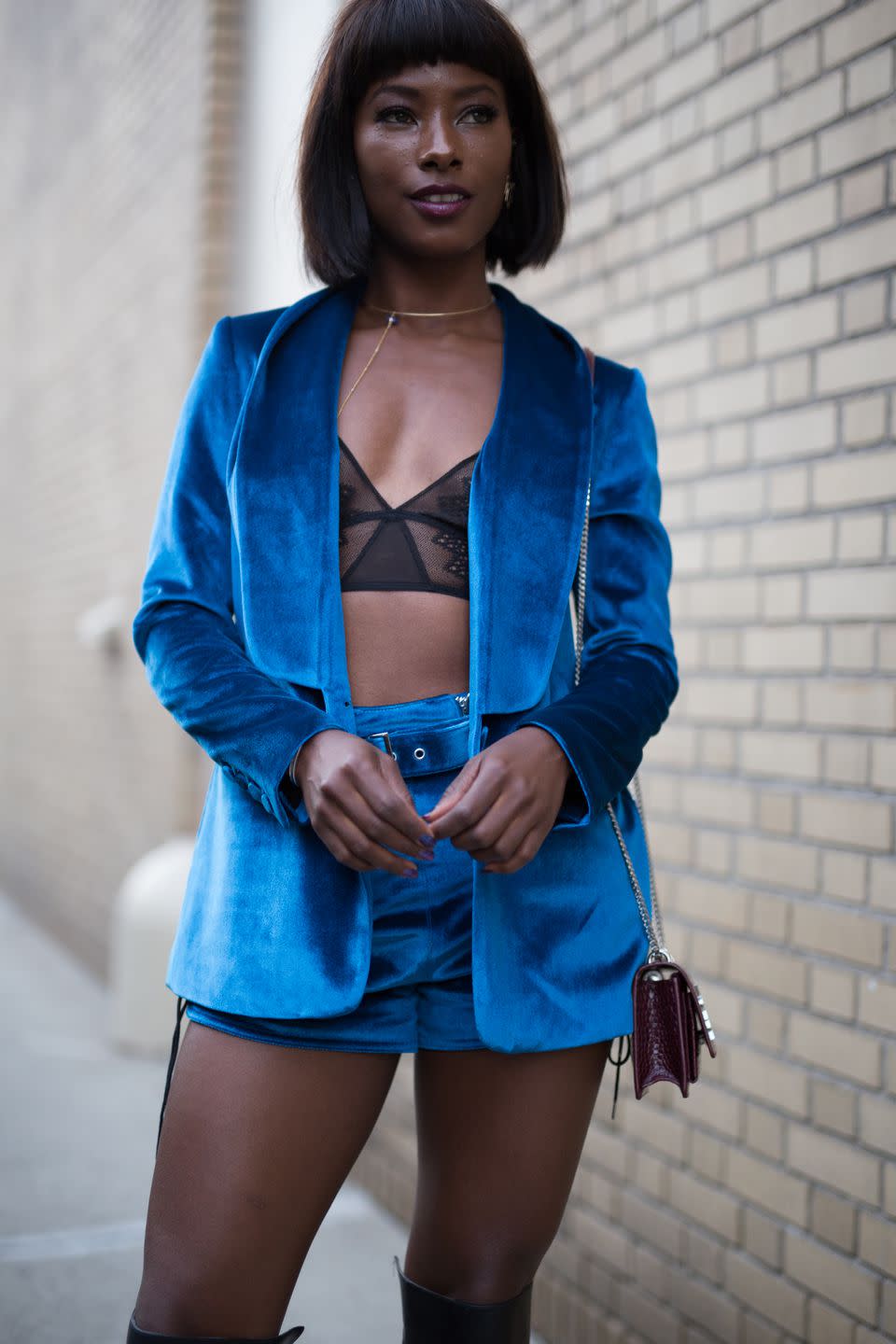9 Common Myths About Breast Cancer Debunked

There are all sorts of myths about what gives you breast cancer, like wearing underwire bras (they don't) or drinking water from a plastic bottle (it doesn't).
We might be able to access swathes of knowledge at the touch of a button but it's still sometimes hard to tell fact from fiction.
And when breast cancer is the most common cancer in the UK – 1 in 8 of us will be diagnosed in our lifetime – it's important we get things right.
A post shared by Breast Cancer Care (@breast_cancer_care) on Oct 1, 2018 at 4:00am PDT
'There’s a lot of health information online, particularly around breast cancer, but some is contradictory advice which is fuelling women’s confusion,' explains Dr Petra Simic, Medical Director of Bupa Health Clinics. 'This means millions of women are avoiding important health checkups or not taking the right precautions - and in turn potentially missing crucial diagnoses and treatment.'
To mark Breast Cancer Awareness Month, in which it's estimated that 5,000 people will be diagnosed with breast cancer, we asked Dr Simic to debunk some of the most common myths floating around. With the majority of health concerns, especially breast cancer, the key is spotting and treating problems early.

1.If you have small boobs you can't get cancer
'Breast size has nothing to do with it. Family history, smoking, drinking more alcohol than the recommended guidelines, being overweight and not being active are all factors that appear to correlate to increased frequency of breast cancer. Having large breasts may make finding lumps harder, so being familiar with what is normal for you is important.'
A post shared by Breast Cancer Now (@breastcancernow) on Sep 8, 2018 at 2:45am PDT
2. Finding a lump in your breast means you have breast cancer
'A lump on your breast can be caused by many factors including non-cancerous tissue growth (fibroadenoma) or a build-up of fluid (cyst). If you do feel a lump in your breast, collarbone or armpit area the best thing to do is get it checked by a professional. Everyone knows their own body so if there are any changes it’s important to see an expert and get a health check straightaway.'

3. Only women with a family history of breast cancer are at risk
'According to Breast Cancer Now, only 5% of breast cancers are caused due to family history. However, you should let your doctor know of a family history of cancer.'
4. Wearing an underwire bra increases your risk of getting breast cancer
'This myth stems from concerns over the underwire cutting off the flow of lymph fluid in the breast which causes an increase of toxins in the area. However, there is no evidence to suggest this increases the risk of breast cancer.'
5. Stress causes breast cancer
'While stress can be a contributing factor to other health concerns, there isn’t any evidence which relates stress to a breast cancer diagnosis. Of course, if someone is feeling stressed it’s important to visit a GP and discuss ways to manage it to avoid other health issues.'
6. Wearing deodorant increases your risk of getting breast cancer
'There is no scientific evidence to support this. Women might believe this because before a mammogram, patients are asked not to wear antiperspirants. The reason for this is to avoid any aluminium particles being present in the X-ray, which can result in an inaccurate reading.'

7. Wearing fake tan increases your risk of breast cancer
'Fake tan does not have a direct correlation with breast cancer. However, as most fake tans don’t contain SPF, it’s recommended you wear sunscreen over the top to prevent you getting sunburnt, which we know increases your risk of skin cancer.'
A post shared by Breast Cancer Now (@breastcancernow) on Jun 6, 2018 at 4:54am PDT
8. Using sunbeds can cause breast cancer
'Due to the exposure to dangerous UV rays, sunbeds can increase your risk of skin cancer, not breast cancer. The UV rays from sunbeds can leave your skin looking wrinkly, older or leathery while the UV can damage the DNA in our skin.'
9. Drinking milk (or dairy) causes breast cancer
While there has been some speculation that the high fat content or growth hormones in milk can cause breast cancer there is no scientific evidence to support this.
While there is no longer a consensus on how often women should self-examine, it's important you're familiar with what yours breasts look and feel like, so you can identify if something feels different. Or, at the very least, notice if there has been any change.
Step One: Visual Exam
'Stand topless in front of a mirror. You’ll need to do this in four steps; with your arms by your side, above your head and lifting one breast at a time. While doing these four positions you’re looking for the following: changes in size, shape, or symmetry, dimpling, inverted nipples, puckering or asymmetrical ridges at the bottom.'
Step Two: Physical Exam
'A self-breast check is best done while lying down and then again while in the shower. Here, you are trying to feel for any lump or shape out of the ordinary. Using the pads of your finger massage your breasts, starting at the nipple making your way up the breast towards the collarbone.
'Slowly move your hands across the breast in a spiral pattern, not forgetting your breastbone and the sides – at your armpits.
'It can be more comfortable to do this with one arm over your head, using the opposite arm to do the examination.'
As always, if you are unsure of any lump or change in your breasts, visit a doctor so an expert can check for you.
('You Might Also Like',)

